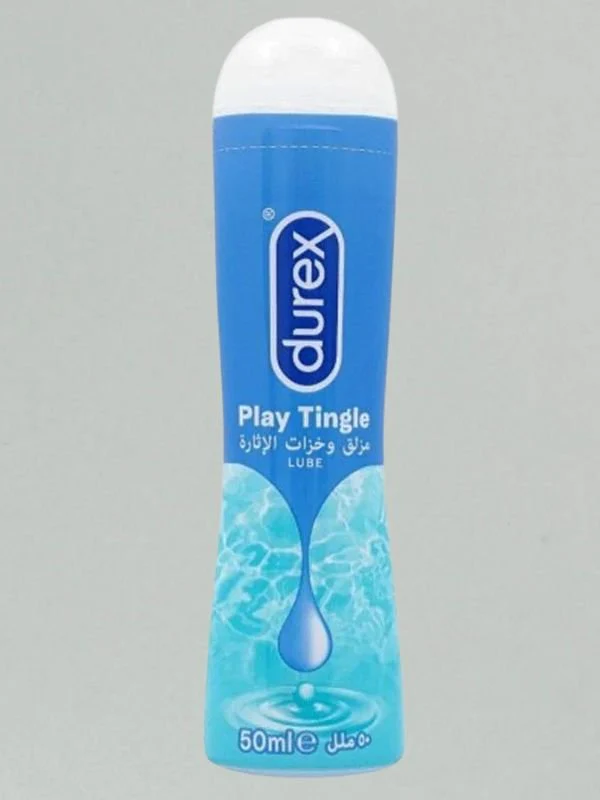If you’ve ever picked up a bottle of Durex for a smoother, more comfortable experience, it helps to know how your body might respond.
While these products are widely used and safe for most people, Durex lube side effects can still occur depending on the formula you choose and how sensitive your skin is.
Before reaching for your preferred variant—whether water-based, silicone, warming, or tingling—it’s worth understanding what reactions are possible and how to spot them early.
Here are the key points to keep in mind as you navigate your options.

Table of Contents
Possible Durex Lube Side Effects
Possible Durex Lube Side Effects #1: Skin Irritation and Burning
- Some users report stinging, itching, or a burning sensation — especially if the lube is applied to very sensitive or broken skin.
- For example, with the “Tingling” gel, too much or application on already-irritated skin may intensify sensations.
- Allergic Reactions
- There can be allergic-type reactions (redness, swelling, rash) to one or more ingredients — such as preservatives, certain glycols, or fragrances.
- If you’re sensitive, a patch test (on your inner arm, for example) is a good idea before using it on genitals.
- Yeast Infections / Imbalance
- Some Durex water-based lubricants contain glycerin, which in some people may promote yeast growth (since glycerin is a sugar-alcohol that yeast can feed on).
- This means there may be a higher risk of yeast infections in sensitive individuals if residues remain.
- Stickiness or Drying
- After applying, some lubes (especially certain water-based ones) may leave a sticky or tacky residue once they begin to dry.
- Because of this, you might need to reapply, or the feeling may be uncomfortable for some.
- Tissue Stress (Theoretical Concern)
- Lubricants with very high osmolality (i.e., very concentrated) may draw water out of cells, potentially irritating or damaging mucous membranes over time.
- Irritated tissue might also be more susceptible to microtears, though serious harm is not common in healthy use.
- Condom Compatibility Mistakes
- Generally, Durex water-based lubes are compatible with latex condoms.
- But using the wrong type of lube (e.g., an oil-based one not meant for condoms) could compromise condom integrity — although this is more about user error than a side effect of Durex’s normal line.
- Eye Irritation
- If lube accidentally gets into the eyes, it may cause irritation. According to its safety data sheet, contact with eyes is listed as a possible issue.
- Discomfort with Sensation Products
- Variants that are designed to produce a tingling or warming effect may be unpleasant or even painful for some people. There are user reviews reporting burning or discomfort with the “Tingling” version.
- Also, for anal sex, Durex’s FAQ mentions that the “tingling” lube may feel more intense and may not be ideal for everyone.
What the Company Says / Safety Testing
- According to toxicity data from safety testing: for their Tingling gel, irritation studies in animal models concluded that it’s “non-irritating” overall.
- The Durex “RealFeel” silicone gel is made of 100% dimethicone, which is relatively inert — though, like any product, it’s still for external mucosal application only.
- Their own guide acknowledges that some people may be allergic to preservatives (parabens, benzyl alcohol, citric acid) used in lubes
Practical Tips to Minimize Risk
- Always read the label: check ingredients, especially if you know you have sensitivities.
- Start with a small amount: use a little first to test how your body reacts.
READ ALSO: Durex Condoms & More
READ ALSO: The Ultimate Guide to Luxurious Massage Body Oils in 2023: Unlocking the Art of Relaxation
Photo credit: Viga.PK